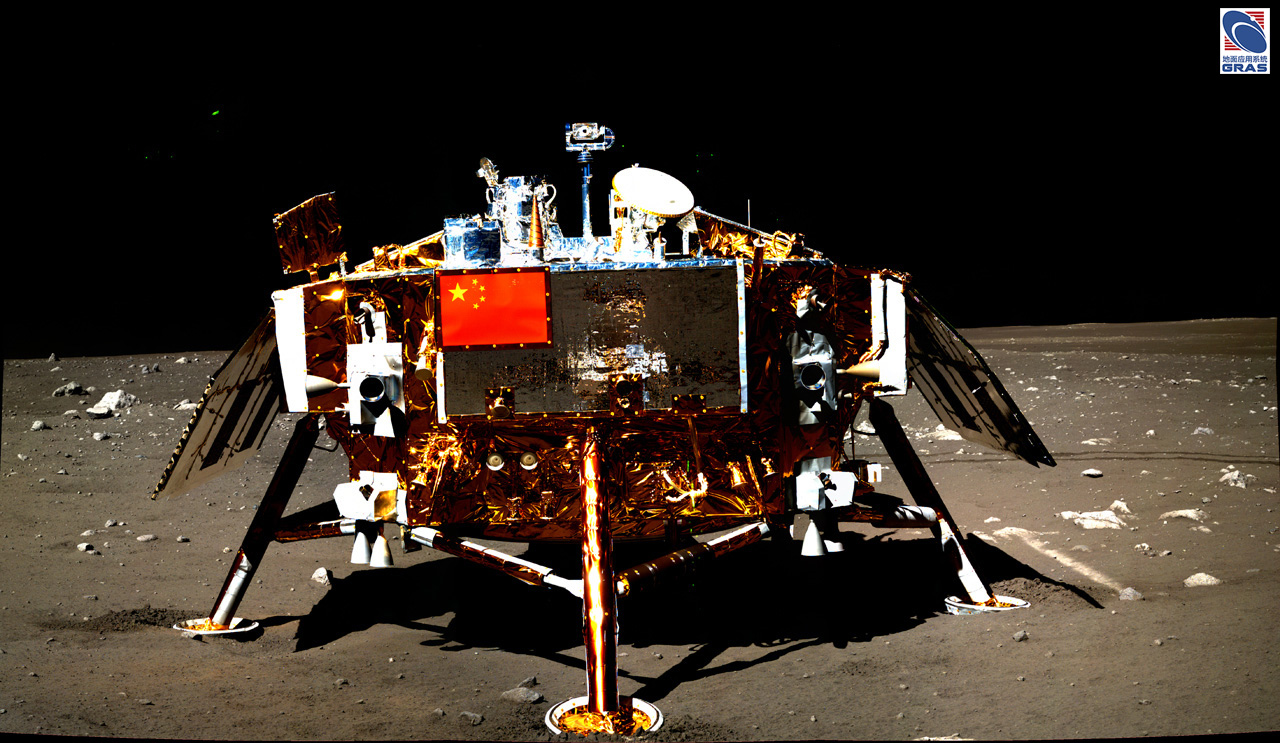China's next moon missions get the green light
New Chang'e missions will target the lunar far side and south pole.

China's government has officially approved three robotic moon missions that will lay groundwork for a permanent lunar base.
The Chang'e program missions in development are progressing well, the China National Space Administration (CNSA) announced on Sept. 10, with the next spacecraft, Chang'e 6, almost complete.
China has made a number of leaps in lunar exploration since beginning its robotic moon program in 2004. In successive missions, the nation has successfully launched first a pair of orbiters, then a lander and a rover; conducted the only far-side lunar landing to date; and most recently executed a complex sample-return mission.
Related: China's Yutu 2 rover spots cube-shaped 'mystery hut' on far side of the moon
Liu Jizhong, director of CNSA's Lunar Exploration and Space Program Center, told CCTV that the overarching goal of these missions is to lay a foundation for a lunar research station.
"There are a lot of technological issues to be tackled" Liu said. "However, with the foundation we've built up and an excellent team, I believe we will succeed."
The first of the new missions will be Chang'e 6, which was initially built as a backup to the 2020 Chang'e 5 lunar sample-return mission. Chang'e 5 was successful, so the spacecraft is being repurposed for the first-ever attempt at collecting samples from the far side of the moon. CNSA has not provided a timeline for the mission, despite the advanced stages of development of the spacecraft.
Get the Space.com Newsletter
Breaking space news, the latest updates on rocket launches, skywatching events and more!
Next, Chang'e 7 will target the lunar south pole. The mission will consist of an orbiter, lander, rover, relay satellite and a small detector that can hop into craters to hunt for water.
Chang'e 8 will launch later in the decade and is intended to test technologies for 3D printing and for using local resources.
China is planning a project named the International Lunar Research Station (ILRS) in collaboration with Russia for the 2030s and is seeking partners to join the endeavor.
Follow us on Twitter @Spacedotcom and on Facebook.
Join our Space Forums to keep talking space on the latest missions, night sky and more! And if you have a news tip, correction or comment, let us know at: community@space.com.

Andrew is a freelance space journalist with a focus on reporting on China's rapidly growing space sector. He began writing for Space.com in 2019 and writes for SpaceNews, IEEE Spectrum, National Geographic, Sky & Telescope, New Scientist and others. Andrew first caught the space bug when, as a youngster, he saw Voyager images of other worlds in our solar system for the first time. Away from space, Andrew enjoys trail running in the forests of Finland. You can follow him on Twitter @AJ_FI.









